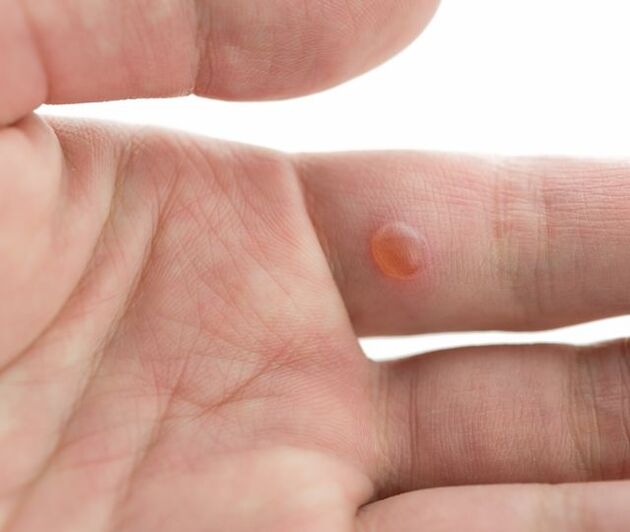
A wart on the finger is a benign neoplasm that is viral in nature. The human papillomavirus is the causative agent that triggers the appearance of such growths. Warts are considered as safe formations, because. rarely causes cancer. However, this fact does not mean that treatment is not required at all. This article provides detailed information about the etiology of the disease, external symptoms and modern treatment methods.
Causes of warts on the finger
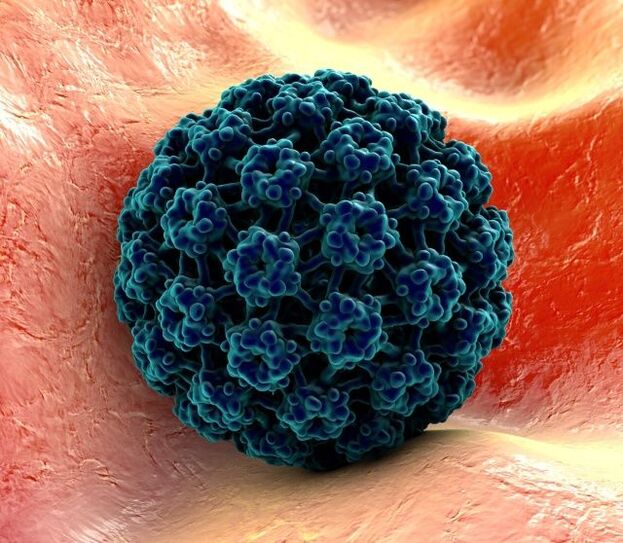
Warts are not uncommon, because. the human papillomavirus that causes them to grow is highly contagious and does not affect adults or children. The causative agent, getting on the skin, enters the tissues through the slightest damage and remains in the body forever. At the same time, different levels of viral load are observed at different times, i. e. the population of the microorganism increases or decreases. For a long time, the disease can be asymptomatic. The incubation period can vary greatly in each case and ranges from 1-6 months to several years. All this, without a doubt, affects the nature of external manifestations. Therefore, an increase in the activity of the virus causes the appearance of those same warts on the fingers, feet, knees and other areas of the skin.
The surest way to become infected is through direct contact with someone who is already infected. HPV is often sexually transmitted, so unprotected or promiscuous sex is the most likely reason for the increased incidence. However, the growth of warts on the fingers is often caused precisely by the contact of the upper limbs with infected surfaces, whether it is the hands of the carrier of the virus or objects that he directly used - a pen, cutlery, a towel, a book, etc. All public premises are considered places of increased risk, but especially those with an increased level of humidity.
Even a child from a mother can be infected. This happens during childbirth.
With the localization of warts on the fingers, there is an increased risk of self-infection, i. e. spread infection quickly to the person and other parts of the body. The reason for this is that the growths are often vulnerable to injury, which causes a large part of the pathogen to be released to the surface, and the fingers are in contact with every other layer of skin and the virus canto transfer to. with them.
The truth is that the answer to the question why warts appear on the fingers is somewhat ambiguous and there are many triggering factors involved. Firstly, the development of a viral infection is facilitated by a reduction in the immune status of an infected person, when the body becomes able to resist the activity of the virus, keep its population at the same level and prevent uncontrolled growth. epithelial cells in the form of a wart on the finger or other parts of the body. Here, too, everything is ambiguous, because there are also several reasons for the reduction of immunity. This is an unbalanced diet, and medication abuse, and bad habits, and emotional and physical overload.
What else causes warts on the fingers? As a result of various acute and chronic diseases, such as severe colds, diabetes mellitus, HIV, venereal diseases, skin pathologies, etc. , the pathogen is activated, such as hyperhidrosis or increased sweating, it stimulates the development of pathogenic microflora.
Lack of daily care and lack of personal hygiene allows HPV to infect more and more areas of the skin. Unwashed hands, untreated injuries, dehydrated and weathered skin, nail biting, and burrs can all cause warts on the fingers.
What do finger veins look like?
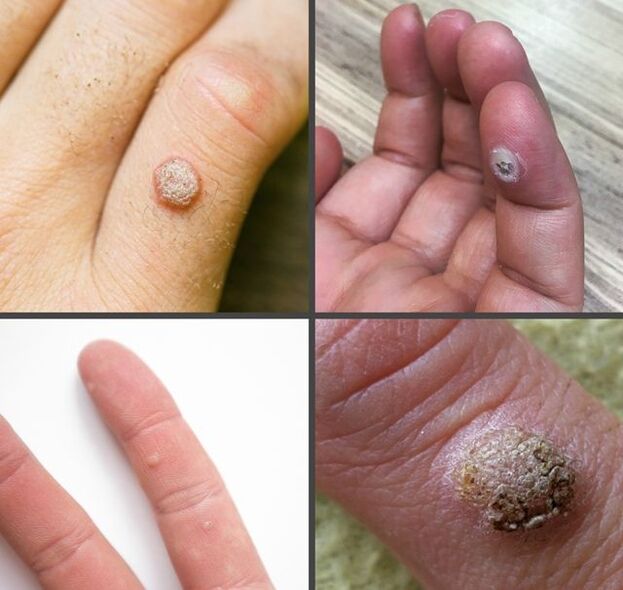
Most people confuse warts with other skin growths such as calluses, lichen planus, keratosis, molluscum contagiosum, and often choose the wrong treatment options on their own or completely ignore the manifestations of the disease, which is exposed to the risk of spreading the infection, and other people to the risk of infection.
In order not to make such mistakes, it is better to study in detail what the warts on the finger look like, what types they are, and go to the hospital in a timely manner to make an accurate diagnosis and determine an effective treatment. reign.
Benign epithelial changes caused by HPV have a capillary network that nourishes their cells. Because of this, when the integrity of the growth is damaged, a little bleeding often occurs, which increases the risk of infection and spreading the infection of the wound. That is why it is highly discouraged to try to cut out these hard tissues.
Warts appear at first in one quantity - just one or two. But due to problems in the functioning of the immune system, more and more formations can appear. Sometimes they even fuse together, thus creating an extensive skin lesion.
It is worth considering that a rapidly growing focus indicates the strong activity of the pathogen and is the reason for an urgent trip to the doctor. It is also worth going to the hospital to find out how to treat warts on the fingers in cases where the neoplasm begins to darken or redden, if a change is visible in its structure, and swelling, apparent suppuration, or if it is random. remove pathological fluid from the growing body.
Warts in color can be yellow, in tone with the skin, gray-brown. In some cases, black dots appear on the surface - these are just places where thrombosis of small blood vessels has occurred.
The most common types of warts on the finger are:
- Warts vulgar. The second name is a common name. They often appear not only on the inside of the palm, but also on the entire surface of the fingers, sometimes they affect the periungual space, where the skin is subject to tension and burrs. Flesh-colored formations are more common, but brown-yellow or grayish ones are also found. The shape is nodular or domed. In diameter 2-7 mm. The structure of the assembly is quite compact and somewhat rough. It is drier than healthy skin. May cause crack and pain.
- Fairly superficial warts. Their surface comes only slightly above the skin. The shape is round, but as they expand and merge, there are also outgrowths with an uneven contour. The color can be brown and pale yellow. The diameter of one flat wart on the finger is from 3 to 4 mm. Their presence on the skin is often painless.
- Deep fair ends. This type of skin formation often causes pain due to its structure. Outside the skin, the growths look flat with a slight indentation in the middle, but its root grows deeper into the layers of the dermis. This, of course, provokes significant daily discomfort, which, more often than other reasons, leads a person to go to the doctor. The shape of deep formations is irregular, the color and size are usually the same as superficial warts.
- Subungual endings. The name was not chosen by chance. Such growth occurs precisely in the area under the free edge of the nail plate. At first, the wart on the finger is flat and has a smooth surface, then it becomes rough and keratinized. With low activity of the virus, they practically do not give symptoms, but with a significant weakening of health and without proper hygiene treatment, they grow, entering the tissues under the nail, encouraging the rejection of the plate from the nail bed. . In this case, it is only possible to speak of an aesthetic defect. There appears to be illness and suppuration, gradually the formation reaches the matrix and destroys it irreversibly.
Many believe that the treatment of such diseases is not mandatory if you try to strengthen the immune system so that the body can fight itself. However, this view is largely erroneous. After all, there are many reasons for the need to treat warts on the fingers and other parts of the body. First of all, such neoplasms are quite contagious, and a person with even one wart can infect several healthy people, in which the disease can progress in a more serious form. Secondly, many children, adolescents and adults are very embarrassed by the presence of such skin formations, which naturally causes a desire to find an effective way to remove a wart on a finger. What can we say about pain, susceptibility to injury and the risk of the oncological process.
Ways to treat warts on the finger
Modern medicine knows many effective ways to remove a wart on a finger. Each of them has advantages and disadvantages and should only be used as prescribed by a doctor and in combination with drug therapy, because the elimination of growths by any means does not suppress viral activity and does not guarantee that the recurrence will not occurdisease. diseases in the near future.
Eliminate warts on the fingers in the clinic
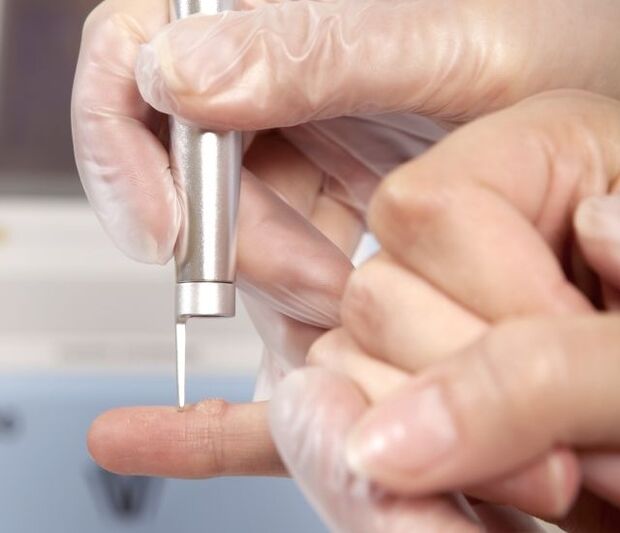
At an appointment with a dermatologist, a detailed diagnosis is made, the results of which determine, in addition to the main health indicators, the strain of the virus that caused the disease, as well as the risk of developing an oncological process. Often, tests may be needed for concomitant diseases, such as HIV, which can cause warts on the finger and worsen the course of the disease.
As a result, multifaceted treatment is prescribed. It includes removing growths by one of the modern instrumental methods, including:
- laser removal. The most common method. It is available in almost all clinics. Special equipment allows you to burn an epithelial tumor almost painlessly, which prevents bleeding. The healing time of the screams is minimal. The tissues after such exposure are quickly restored, so there are almost no traces in the form of scars on the skin.
- remove radio waves. The method is based on the strength of radio waves, which cut out growths without bleeding. With the help of a radio knife, you can remove warts from the fingers, practically without touching healthy tissue. The procedure is quite expensive, but it is recognized as very effective and safe.
- Electrocoagulation. The active force is a current of different frequencies. It dissolves the wart cells on the finger in seconds. At the same time, the vessels are sealed, which prevents bleeding.
- Surgical method.It is not done without local anesthesia, because. It is removed with a scalpel. Conceived less frequently than other options. The main manifestation is a large lesion, if it is necessary to take material for a histological examination, as well as the presence of ingrowths deep into the skin and under the nail plate. During the procedure, healthy tissue is often injured. After healing, scars often remain. The price of surgical intervention is calculated individually in each individual case.
- Cryotherapy. A widely used method. The body of the wart on the finger is eliminated by exposure to liquid nitrogen at ultra-low temperatures. This option is characterized by good performance, without pain, without any need for local anesthesia. However, during the recovery period - about 7-10 days - everyone should follow the doctor's recommendations so that the treated areas heal quickly and without problems.
- Chemical method. A wart on a finger is removed using aggressive chemicals, such as trichloroacetic acid. It is best to entrust the application to a qualified specialist to prevent burning of healthy tissue. The impact must be very precise and on the upper body only. After healing, scars may remain. The cost of the procedure depends on the selected drug and is calculated by the doctor individually.
No method gives a 100% guarantee of effectiveness and lack of recurrence. The result depends not only on the type of wart, its localization, but also on the qualifications of medical personnel and the equipment and preparations used. During the recovery period, the patient himself plays an important role, who must follow all the doctor's instructions: daily treatment of the places to remove warts on the fingers, prevention of injury, hypothermia of the palms, prescribed drugstake, eliminate bad habits and normalize the. diet. Only then will you have to decide again how to get rid of a wart on your finger.
Treatment of warts on the fingers with medication
Competent medical treatment of warts on the fingers involves taking drugs whose action is aimed at suppressing viral infection, raising the immune status and restoring the balance of minerals, vitamins and other beneficial compounds.
Types of medicinal products intended to treat warts on the fingers:
- Oral preparations. This category includes methods of complex effects - antiviral and immunomodulatory. At the moment, there are no drugs that can completely kill the human papillomavirus, so one of the tasks of modern medicine is to simulate natural immunity in order to increase the body's resistance and the viral loadto reduce significantly, stopping the growth of warts on the. cities and other places.
- External use. Some drugs are intended for antiseptic treatment, others accelerate tissue regeneration, others have a local antiviral and immunostimulating effect, others nourish skin cells, normalizing all metabolic processes.
- External cauterizing agents. They can destroy fatty acids and other growth-promoting components. Home use is associated with the risk of burning, so the procedure should be done with great care. Some drugs work on the principle of cryodestruction, others on the principle of chemical destruction.
- Complexes of vitamins and minerals. They are prescribed to prevent nutrient deficiency in the body, restore metabolism and the performance of individual organs and systems, including the immune system.
Folk remedies for warts on the finger
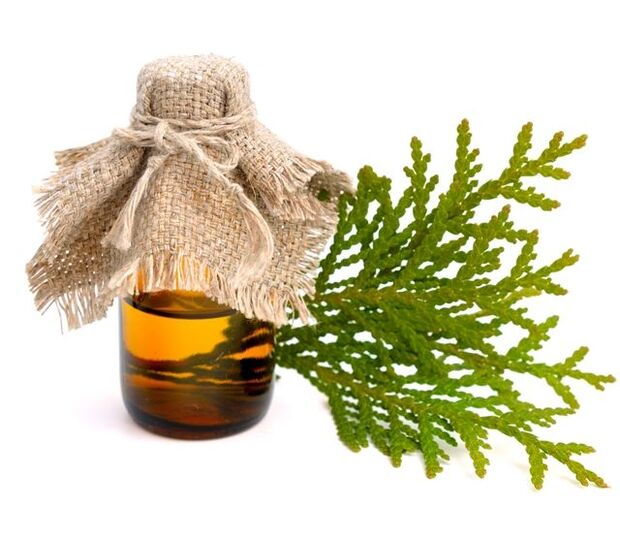
The effectiveness of traditional medicine is not disputed. Some argue that it is ineffective and that people lose valuable time by refusing to go to the doctor, others consider it the only correct way to safely cure most diseases.
To get the right answer to the question of how to reduce a wart on a finger, it is best to use the golden mean. Consult a doctor and discuss the options for complex therapy, including instrumental removal of growths, taking HPV-specific drugs and suitable folk remedies.
Common folk remedies to treat warts on the fingers:
- Plum compresses. Dissolve salt (20 g) in water (150 ml), add vinegar (20 ml) here, stir and dip one half of the pitted plum into this solution. Infusion time - 2 hours. Remove the plum, mash the pulp. Put the resulting slurry on the warts and fix with a bandage or plaster for 2-8 hours.
- Thuja oil for warts. It is applied externally 4-5 times a day. The daily use of this remedy ensures a rapid recovery of epithelial cells.
- Tincture Tui.Thuja leaves (20 g) are poured with vodka (100 ml). Lasts 14 days. Lubricate the areas affected by warts on the fingers several times for 3 minutes. The procedure is repeated twice a day for 14-20 days.
- Coniferous tincture. Take young conifer twigs and juniper fruits in equal quantities. Mix and grind all the raw materials. Put 50 g of the resulting mixture in a glass dish and pour 200 g of alcohol. Leave for about 3 weeks. Strain and use to lubricate the growths. It is enough to apply 1 time a day.
- Lemon peel infusion. Remove the skin from 1-2 lemons and chop it, you can use a knife, you can use a meat grinder. Place the mass in a glass jar and fill with table vinegar in a volume of 100-150 ml. Close the lid tightly. Leave to claim for a week, do not forget to shake every day. Then remove the cake, and treat the warts on the fingers with the resulting infusion, trying not to touch healthy skin.
- Decoction of Horse Chestnut. To prepare it, you need to boil 2. 5 liters of water, add horse-nut tree leaves (120 g) and boil for 15 minutes on low heat, strain and pour the broth into a basin. When it cools down to 36-40 degrees, lower your palms into it. The duration of such a bath is 20 minutes. It is necessary to perform 8 procedures within 2. 5 weeks, i. e. repeat every 3 days at bedtime.
- Herbal infusion. Such a tool affects the whole body in a complex way. But its most important property is to stimulate immunity to fight the virus. Systemic reception inhibits the growth of warts on the finger. To prepare, mix and then grind 20 g of juniper needles, plantain leaves, chicory and dandelion root, birch leaves, as well as 30 g of horsetail and nettle. Store in a glass container with a lid. For decoction, take 20 g of the mixture, put in an enamel pan, pour boiling water (500 ml) and leave for 60 minutes. Strain and eat inside before meals, 100-150 ml 3-4 times a day.
Regardless of what caused the weakening of the immune system and stimulated the growth of epithelial tumors, warts that appeared on the fingers and toes, on the elbows, knees, feet and other places require special attention and treatmentappropriate. Timely admission to the hospital, as well as choosing adequate methods of growth removal and HPV treatment, allows you to recover faster and forget for a long time about the unpleasant types of viral disease.














































































